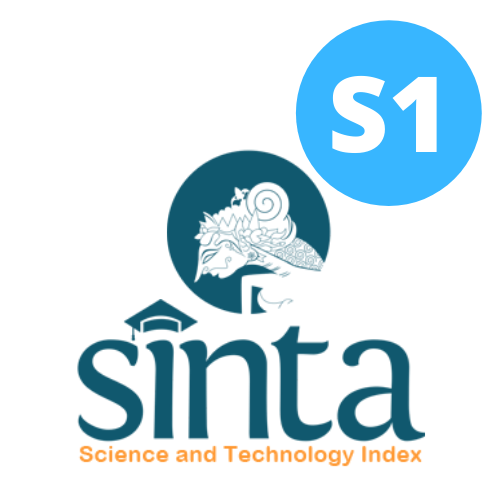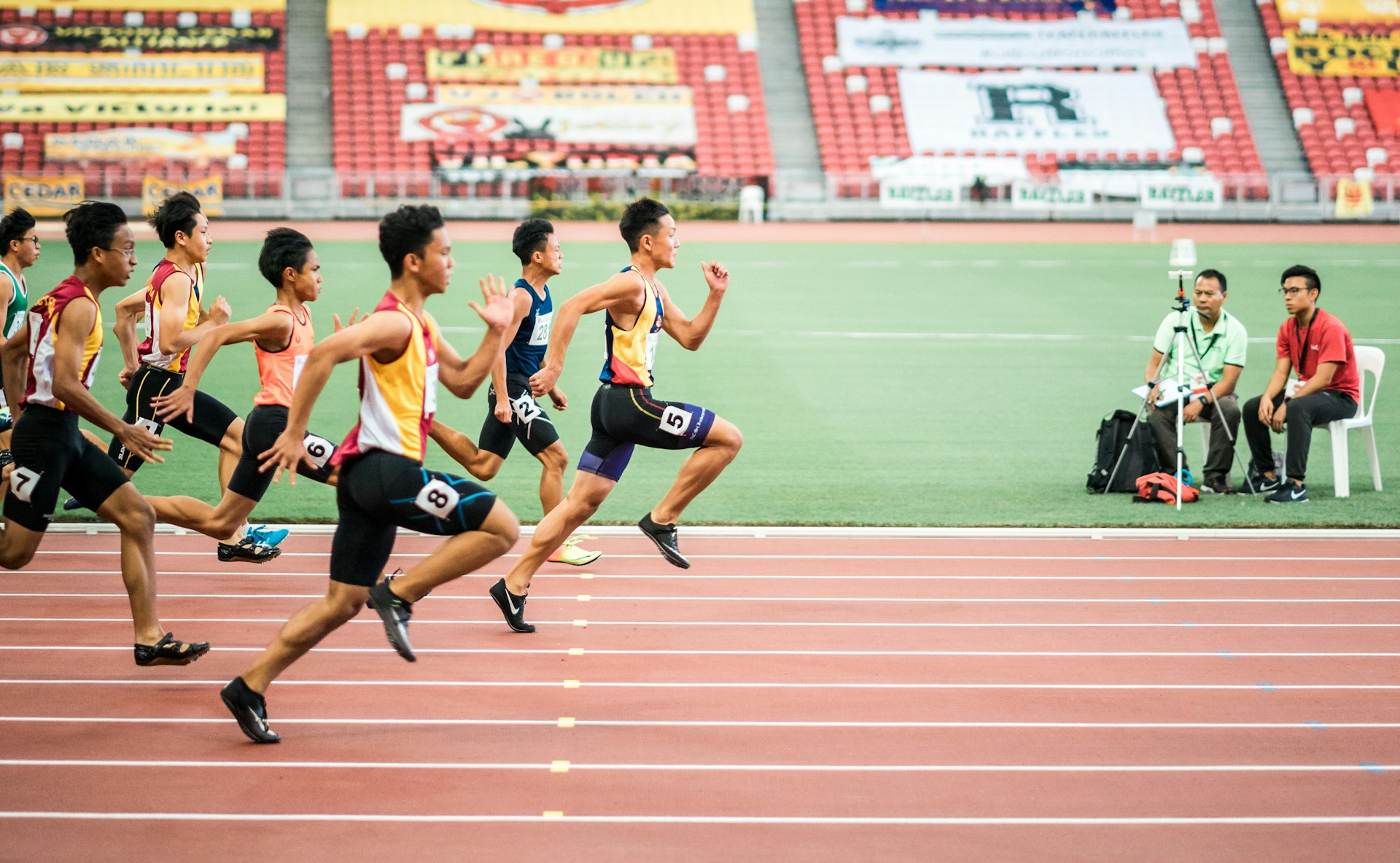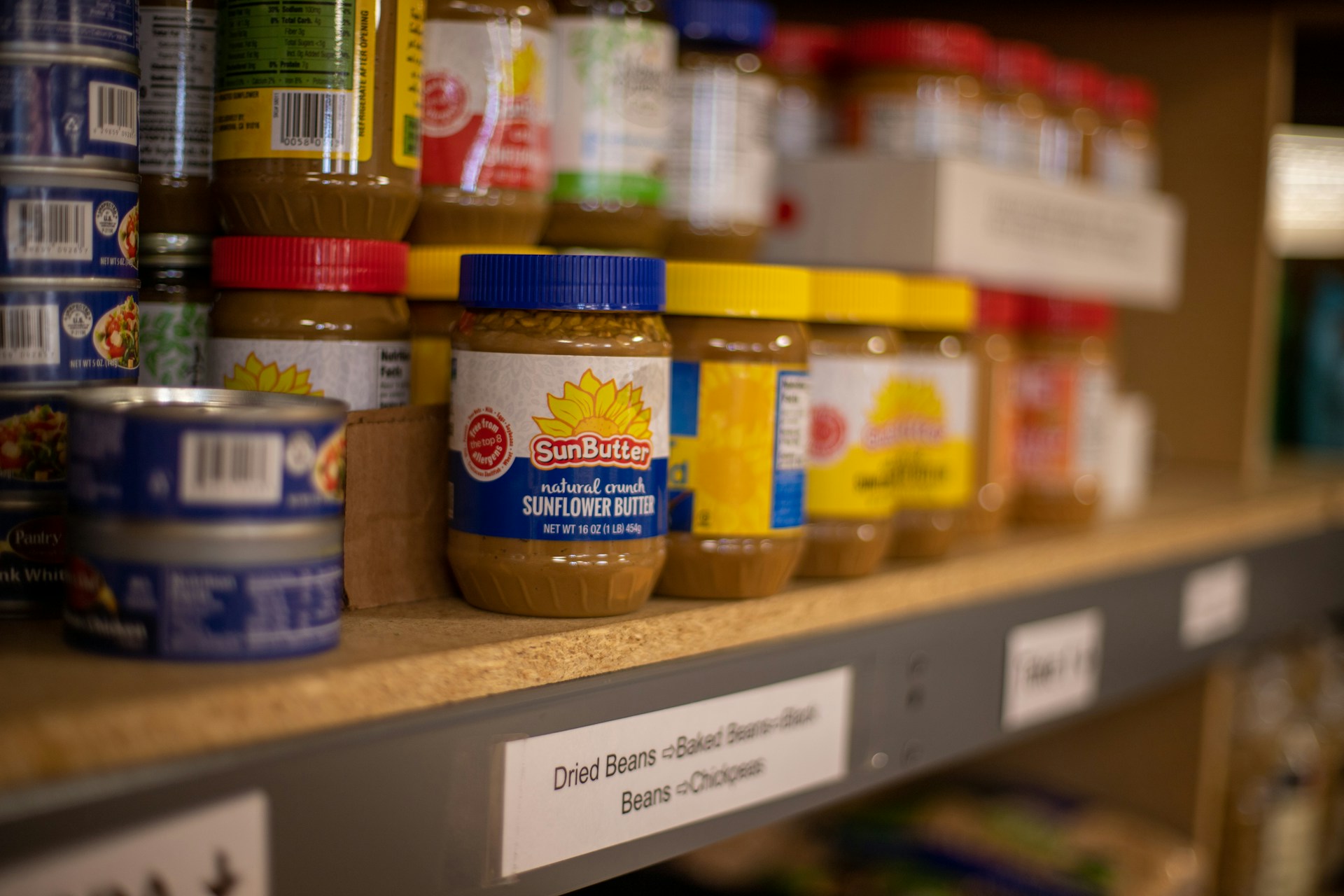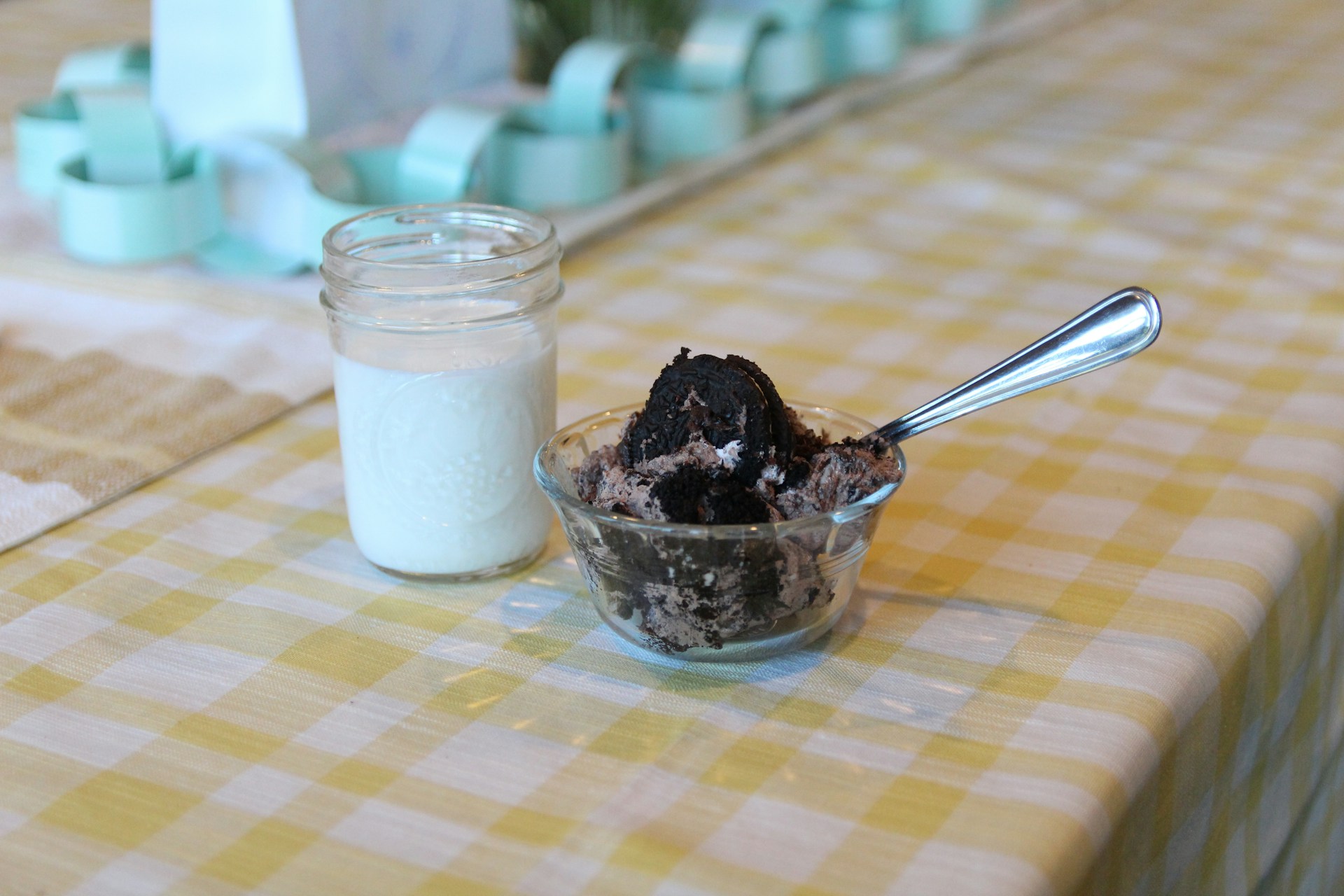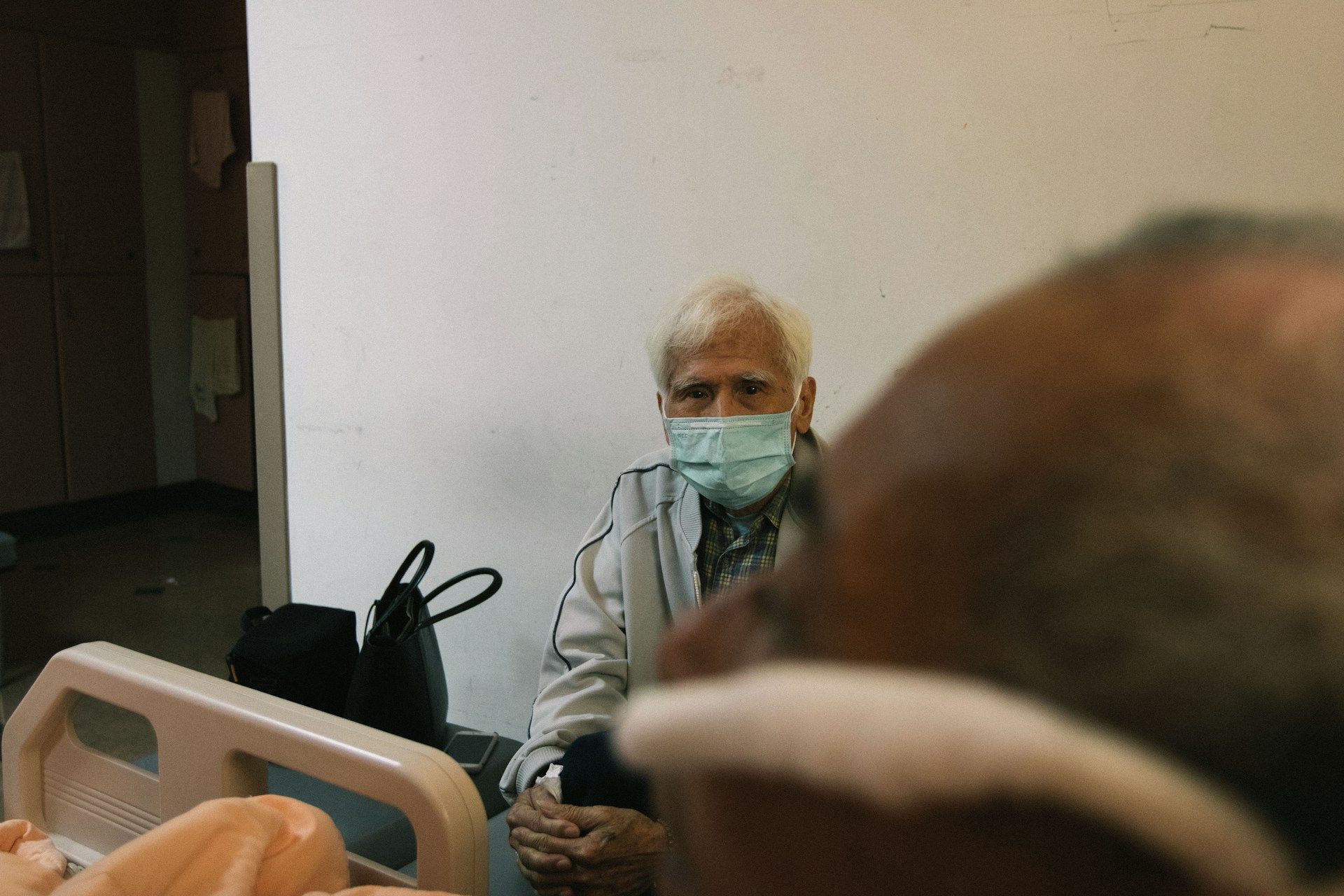Development of the Android-Based My Edu-VegFruit Application to Increase Vegetable and Fruit Consumption in Teenagers
Pengembangan Aplikasi My Edu-VegFruit Berbasis Android untuk Meningkatkan Konsumsi Sayur dan Buah pada Remaja
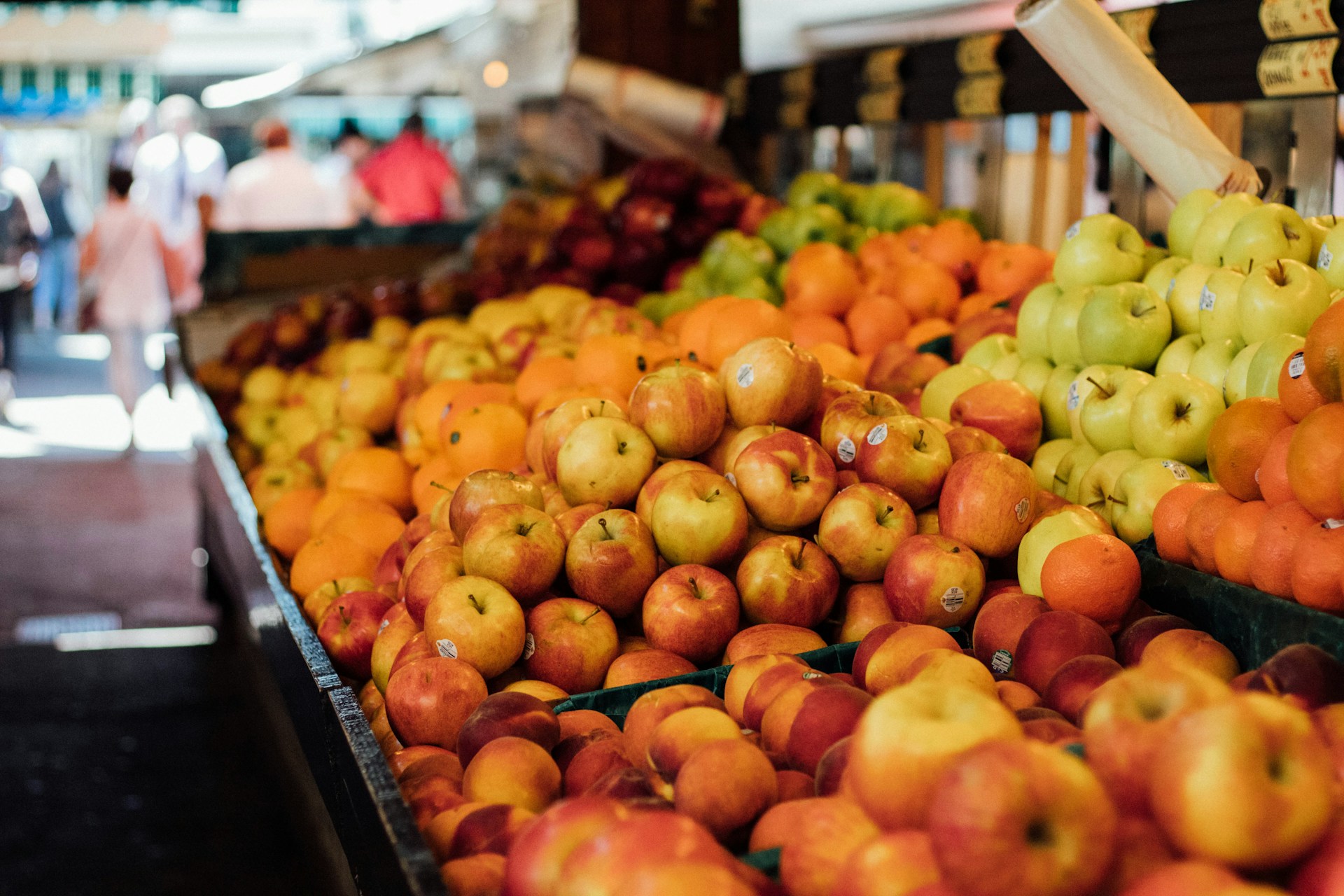
Downloads
Background: Many adolescents are unaware of the importance of consuming sufficient vegetables and fruits for maintaining good health. One of the contributing factors is their lack of understanding about how to assess their daily vegetable and fruit intake to meet nutritional needs. Therefore, there is a need to develop an Android-based application to help increase vegetable and fruit consumption among adolescents.
Objectives: To develop the android-based “My Edu-VegFruit” application as a guide to understand and increase vegetable and fruit consumption in adolescents.
Methods: The study was conducted from March to November, 2024 at the Faculty of Engineering, State University of Medan. The research sample consisted of 120 students from the 2022 Nutrition Study Program cohort, selected through purposive sampling. This research employed a research and development (R&D) method using the Four-D model.
Results: The define phase analysis revealed that only 20% of the sample understood their daily vegetable requirements, and 48.9% understood their fruit needs. A total of 87% of respondents expressed the need for the application. The identification phase determined the content to be included in the application. During the design phase, a complete storyboard for the application, including supporting features, was created according to the research objectives. The develop phase involved media and material validation by experts, yielding feasibility ratings of 92% from material experts and 91.67% from media experts, both categorized as highly feasible. In the disseminate phase, the application trial showed an increase in knowledge about vegetable and fruit requirements to 80%. Additionally, 90% of the sample reported satisfaction with the application.
Conclusions: The “My Edu-VegFruit” application is considered highly feasible as a guide for calculating vegetable and fruit requirements among adolescents. It can also serve as an educational tool for nutrition education on vegetables and fruits.
Thea, F., Sudiarti, T. & Djokosujono, K. Faktor dominan kejadian konstipasi fungsional pada remaja di Jakarta. Jurnal Gizi Klinik Indonesia 16, 129 (2020) doi: https://doi.org/10.22146/ijcn.47987.
Agung Laksono, R., Dwi Mukti, N., Nurhamidah, D., Studi Kesehatan Masyarakat, P. & Ilmu Kesehatan, F. The impacts of fast food on health of ‘x’ undergaduate student prog of University ‘Y’. Jurnal Ilmiah Kesehatan Masyarakat vol. 14 (2022) doi: https://doi.org/10.52022/jikm.v14i1.282
Alfora, D. , E. S. L. N. Pengaruh konsumsi makanan cepat saji terhadap gizi remaja. Florona Jurnal Ilmiah Kesehatan 2, (2023) doi: https://doi.org/10.55904/florona.v2i1.688.
Fayasari, A., Amelia, C. M. & Wijayanti, T. S. Factors related to fruit vegetable consumption of adolescent in rural and urban areas. STRADA Jurnal Ilmiah Kesehatan 9, 1006-1016 (2020) doi: https://doi.org/10.30994/sjik.v9i2.393.
Rachmi, C. N., Jusril, H., Ariawan, I., Beal, T. & Sutrisna, A. Eating behaviour of Indonesian adolescents: a systematic review of the literature. Public Health Nutrition vol. 24 S84-S97 Preprint at https://doi.org/10.1017/S1368980020002876 (2021).
Lange, S. J. et al. Morbidity and Mortality Weekly Report Percentage of Adolescents Meeting Federal Fruit and Vegetable Intake Recommendations-Youth Risk Behavior Surveillance System, United States, 2017. https://www.cdc.gov/mmwr/mmwr_continuingEducation.html (2017).
Beal, T., Morris, S. S. & Tumilowicz, A. Global patterns of adolescent fruit, vegetable, carbonated soft drink, and fast-food consumption: a meta-analysis of global school-based student health surveys. Food Nutr Bull 40, 444-459 (2019) doi: http://dx.doi.org/10.1177/0379572119848287.
Astuti, T., Hana, A. R. & Fikroh, W. K. Knowledge level of fruit-vegetable and consumption during pandemic covid-19 and its impact on constipation among teenagers in SMAN 1 Depok. GIZI INDONESIA 45, 67-78 (2022) doi: http://dx.doi.org/10.36457/gizindo.v45i2.645.
Dewi Zaqia, A. Hubungan Asupan Serat, Cairan, Dan Lemak Dengan Kategori Konstipasi Pada Lansia Di Posyandu Arum Kusuma Jepara. 03, 1-9 (2023) doi: 10.15294/nutrizione.v3i2.63423.
Lalusu, E. Y., Ramli, R., Sattu, M., Sutady, F. & Otoluwa, A. S. Unhealthy food consumption pattern and nutritional status among adolescents: a cross-sectional study. Open Access Maced J Med Sci 10, 349-354 (2022) doi: http://dx.doi.org/10.3889/oamjms.2022.8002.
You, J. & Choo, J. Adolescent overweight and obesity: Links to socioeconomic status and fruit and vegetable intakes. Int J Environ Res Public Health 13, (2016) doi: http://dx.doi.org/10.3390/ijerph13030307.
Nurlan, Rachman, M. E., Karim, M., Safei, I. & Syamsu, R. F. Fakumi medical journal. Jurnal Mahasiswa Kedokteran 2, 359-367 (2022) doi: https://doi.org/10.33024/hjk.v14i1.1903.
Budianto, B. & Novendy, N. Hubungan konsumsi serat dengan kejadian konstipasi pada mahasiswa Fakultas Kedokteran Universitas Tarumanagara periode 1-13 Maret 2015. Tarumanagara Medical Journal 1, 35-40 (2018) doi: https://doi.org/10.24912/tmj.v1i1.2510.
Okinarum, G. Y., Yunita, F. A., Hardiningsih, H., Fauziah, A. & Mustamu, A. C. Monthly household income and intake of nutrients among adolescent females in a rural setting of Indonesia. Int J Health Sci (Qassim) 675-683 (2022) doi:10.53730/ijhs.v6ns4.5620.
Treitler, J. T. et al. Characterizing nutrient patterns of food items in adolescent diet using data from a novel citizen science project and the US National Health and Nutrition Examination Survey (NHANES). Front Nutr 10, (2023) doi: http://dx.doi.org/10.3389/fnut.2023.1233141.
Oddo, V. M., Roshita, A. & Rah, J. H. Potential interventions targeting adolescent nutrition in indonesia: a literature review. Public Health Nutr 22, 15-27 (2019) doi: http://dx.doi.org/10.1017/S1368980018002215.
Medeiros, G. C. B. S. de et al. Effect of school-based food and nutrition education interventions on the food consumption of adolescents: a systematic review and meta-analysis. International Journal of Environmental Research and Public Health vol. 19 Preprint at https://doi.org/10.3390/ijerph191710522 (2022).
Medeiros, G. C. B. S. de et al. Effect of school-based food and nutrition education interventions on the food consumption of adolescents: a systematic review and meta-analysis. International Journal of Environmental Research and Public Health vol. 19 Preprint at https://doi.org/10.3390/ijerph191710522 (2022).
Barber, T. M., Kabisch, S., Pfei, A. F. H. & Weickert, M. O. Nutrients-12-03209.Pdf. Nutrients 12, 1-17 (2020).
Awaliya, H. B. P., Pradigdo, S. F. & Nugaheni, S. A. Kurangnya konsumsi buah dan sayur sebagai faktor risiko kejadian overweight pada remaja putri (Studi pada mahasiswi di salah satu Universitas di Kota Semarang). Jurnal Ilmiah Mahasiswa 10, 34-38 (2020).
Paramita, A., Yulia, C. & Nikmawati, E. E. Augmented reality in nutrition education. IOP Conf Ser Mater Sci Eng 1098, 022108 (2021) doi: http://dx.doi.org/10.1088/1757-899X/1098/2/022108.
Ashari, S. A., A, H. & Mappalotteng, A. M. Pengembangan media pembelajaran movie learning berbasis augmented reality. Jambura Journal of Informatics 4, 82-93 (2022) doi: http://dx.doi.org/10.37905/jji.v4i2.16448.
Hapsari, D. I. S. & Fahmi, S. Pengembangan media pembelajaran interaktif berbasis android pada operasi pada matriks. FIBONACCI: Jurnal Pendidikan Matematika dan Matematika 7, 51 (2021) doi: https://doi.org/10.24853/fbc.7.1.51-60.
Dewi, M. & Aminah, M. Pengaruh edukasi gizi terhadap feeding practice ibu balita stunting usia 6-24 bulan. Indonesian Journal of Human Nutrition 3, 1-8 (2016) doi: http://dx.doi.org/10.21776/ub.ijhn.2016.003.Suplemen.1.
Sekti, R. M. & Fayasari, A. Edukasi gizi dengan media audiovisual terhadap pola konsumsi sayur buah pada remaja SMP di Jakarta Timur. Jurnal Ilmiah Kesehatan (JIKA) 1, 77-88 (2019) doi: http://dx.doi.org/10.36590/jika.v1i2.15.
Mukti, Z. H., Rusilanti & Yulianti, Y. Pengembangan media edukasi berbasis video animasi 3 dimensi tentang makanan berserat untuk meningkatkan konsumsi serat pada remaja. Jurnal Syntax Admiration 19, 1-23 (2016) doi: https://doi.org/10.46799/jsa.v3i3.411.
Noor Mayaminiy Maulidah, Achmad Dhany Fachrudin & Lailatul Mubarokah. Pengembangan media pembelajaran komik berbasis aplikasi android pada materi sistem persamaan linear dua variabel. Jurnal Edukasi: Kajian Ilmu Pendidikan 7, 75-84 (2021) doi: https://doi.org/10.38048/jipcb.v11i1.2095.
Naulia, R. P., Hendrawati, H. & Saudi, L. Pengaruh edukasi gizi terhadap pengetahuan dan sikap ibu dalam pemenuhan nutrisi balita stunting. Jurnal Ilmu Kesehatan Masyarakat 10, 95-101 (2021) doi: https://doi.org/10.35316/oksitosin.v11i2.4323.
Jafar, N. & Mansur, M. A. Ghea Fricilia Sambe: pengetahuan konsumsi sayur buah dan konstipasi siswa boarding school sman 5 gowa. 12-24 doi: 10500.7398.
Appleton, K. M. et al. An interactive mobile phone app (SMART 5-A-DAY) for increasing knowledge of and adherence to fruit and vegetable recommendations: Development and pilot randomized controlled trial. JMIR mHealth and uHealth 7, 1-19 (2019) doi: 10.2196/14380.
Hapsari, D. I. S. & Fahmi, S. Pengembangan media pembelajaran interaktif berbasis android pada operasi pada matriks. FIBONACCI: Jurnal Pendidikan Matematika dan Matematika 7, 51 (2021) doi: https://doi.org/10.24853/fbc.7.1.51-60.
Attohiroh, A. Z., A.T. Akhmad, & Wilson, A. Rancang bangun aplikasi edukasi vitamin pada buah dan sayur berbasis android. JRAMI. 1737-11799-1-Pb. 03, 63-70 (2022) doi: https://doi.org/10.30998/jrami.v3i01.1737.
Rinawan, F. R. et al. Understanding mobile application development and implementation for monitoring Posyandu data in Indonesia: a 3-year hybrid action study to build “a bridge” from the community to the national scale. BMC Public Health 21, 1-17 (2021) doi: http://dx.doi.org/10.21203/rs.3.rs-15584/v1.
Kurniawan, M. A., Informatika, T., Pamulang, U., Informatika, T. & Pamulang, U. Pemanfaatan augmented reality sebagai media pembelajaran pengenalan nama buah dan sayur. 2, 2237-2242 (2024) doi: http://dx.doi.org/10.29407/intensif.v3i1.12573.
Fauziah, S. N. et al. The effectiveness of nutrition education using android-based applications on the knowledge and vegetable and fruit consumption of adolescent. Jurnal Gizi dan Dietetik 2, 13-24 (2023) doi: https://doi.org/10.20473/mgi.v16i1.1-9.
Akbar, K. A., Listyorini, T., Supriyati, E. & Artikel, I. JUMINTAL: Jurnal Manajemen Informatika dan Bisnis Digital pemanfaatan augmented reality sebagai media pengenalan buah-buahan berbasis android. 1, 60-75 (2022) doi: https://doi.org/10.55123/jumintal.v1i2.832.
Copyright (c) 2025 Amerta Nutrition

This work is licensed under a Creative Commons Attribution-ShareAlike 4.0 International License.
AMERTA NUTR by Unair is licensed under a Creative Commons Attribution-ShareAlike 4.0 International License.
1. The journal allows the author to hold the copyright of the article without restrictions.
2. The journal allows the author(s) to retain publishing rights without restrictions
3. The legal formal aspect of journal publication accessibility refers to Creative Commons Attribution Share-Alike (CC BY-SA).
4. The Creative Commons Attribution Share-Alike (CC BY-SA) license allows re-distribution and re-use of a licensed work on the conditions that the creator is appropriately credited and that any derivative work is made available under "the same, similar or a compatible license”. Other than the conditions mentioned above, the editorial board is not responsible for copyright violation.








